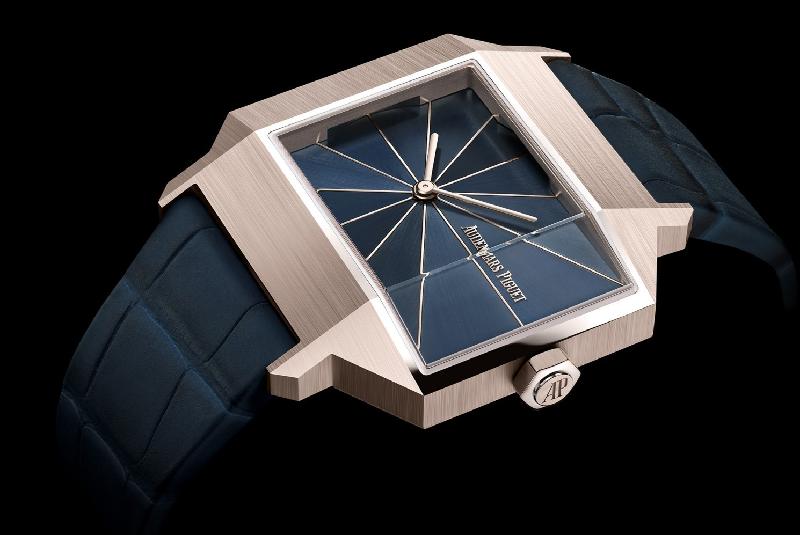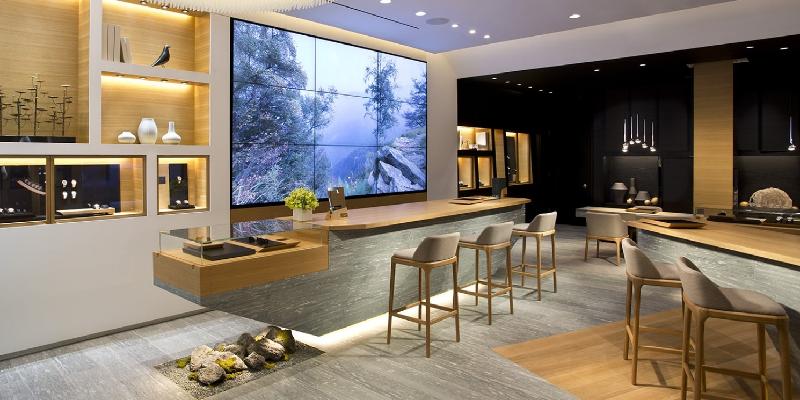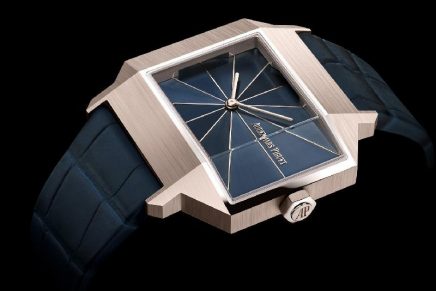From Green Dreams to Luxe Schemes… Where Sustainable Luxury Fits In.
When we talk about sustainable luxury, we’re diving into a world where high-end fashion, opulent hospitality, and exquisite design meet eco-consciousness and social responsibility. To truly appreciate how this trend aligns with various conceptual frameworks, let’s explore how sustainable luxury fits into each one of these models. Ready for the ride? Let’s go!
1. Maslow’s Hierarchy of Needs
What’s the Scoop?
Maslow’s theory is like a fancy ladder of human needs, starting from the basics like food and safety, and climbing up to self-actualization and beyond. Sustainable luxury often sits at the top of this ladder, catering to needs that go beyond the basics.
How It Fits:
Self-Actualization: Sustainable luxury speaks to those who want their purchases to reflect their personal values and aspirations. It’s about feeling good knowing that your high-end handbag or eco-chic hotel stay supports a greater cause.
Examples:
Fashion: Stella McCartney – Her brand is all about ethical fashion that aligns with the values of self-actualizers.
Hospitality: Six Senses – Offers luxury while focusing on wellness and sustainability, appealing to those seeking meaning and personal growth.
2. Ken Wilber’s Integral Theory
What’s the Scoop?
Wilber’s Integral Theory is like a giant puzzle that puts together different pieces of human experience into a comprehensive whole. It looks at personal, collective, internal, and external dimensions.
How It Fits:
All Quadrants, All Levels: Sustainable luxury integrates personal values (like caring for the environment), collective cultural shifts (society’s growing focus on sustainability), and systemic changes (industry-wide moves towards eco-friendly practices).
Examples:
Fashion: Patagonia – A brand that practices what it preaches, integrating environmental responsibility across all levels.
Architecture: Foster + Partners – Designs that merge cutting-edge technology with sustainable practices, addressing multiple aspects of Integral Theory.
3. Gravesian Theory (Spiral Dynamics)
What’s the Scoop?
Spiral Dynamics, based on Clare W. Graves’ work, is like a dynamic color wheel of human values and worldviews, evolving from basic survival to complex global thinking.
How It Fits:
Green, Yellow, Turquoise: Sustainable luxury starts with the Green meme (focus on eco-friendliness), moves through the Yellow meme (innovative and system-wide solutions), and aims for Turquoise (holistic, global consciousness).
Examples:
Fashion: Eileen Fisher – Embraces Green values with a focus on sustainability.
Design: Muji – Combines minimalist design with sustainable production, reflecting Yellow and Turquoise thinking.
4. Theory U
What’s the Scoop?
Theory U is like a guide for transformation, showing how individuals and organizations move from sensing current realities to creating future possibilities.
How It Fits:
Sensing, Presencing, Realizing: Sustainable luxury brands move through these stages, sensing the need for change, presencing new ways to be sustainable, and realizing those ideas in their products and practices.
Examples:
Fashion: Reformation – Embodies the U process by transforming traditional fashion into a sustainable model.
Hospitality: The Brando – Implements innovative practices in luxury eco-tourism, reflecting the Theory U process.
5. The Stages of Faith
What’s the Scoop?
James W. Fowler’s stages of faith describe how people’s spiritual and ethical understanding evolves over time, much like their approach to values.
How It Fits:
Higher Stages: Sustainable luxury aligns with advanced stages of faith where individuals seek to live out their values through their consumer choices.
Examples:
Fashion: Vivienne Westwood – Advocates for climate action and sustainability, reflecting higher stages of ethical understanding.
Design: Studio Roosegaarde – Innovates with sustainability and environmental consciousness.
6. Kegan’s Constructive-Developmental Theory
What’s the Scoop?
Kegan’s theory is like a map of cognitive and emotional growth, showing how people’s understanding of themselves and their world evolves over time.
How It Fits:
Later Stages: Sustainable luxury appeals to those at later stages of development who seek coherence between their values and their actions.
Examples:
Fashion: Ralph Lauren – Emphasizes sustainable practices and materials, appealing to advanced cognitive and emotional stages.
Jewelry: Chopard – Engages in responsible sourcing, reflecting mature ethical and developmental values.
7. Loevinger’s Stages of Ego Development
What’s the Scoop?
Jane Loevinger’s stages of ego development outline how people’s self-concept and personal identity evolve over time.
How It Fits:
Advanced Stages: Sustainable luxury resonates with individuals in advanced stages of ego development, where personal identity includes a focus on social responsibility.
Examples:
Fashion: Burberry – Focuses on reducing environmental impact, appealing to individuals who integrate social responsibility into their identity.
Architecture: Herzog & de Meuron – Designs with sustainability in mind, reflecting advanced ego development.
8. Erikson’s Stages of Psychosocial Development
What’s the Scoop?
Erikson’s theory describes how people develop their sense of identity and deal with social challenges across their lifespan.
How It Fits:
Identity and Integrity: Sustainable luxury aligns with later stages where individuals seek to reflect their values and make a positive impact.
Examples:
Fashion: Gucci – Engages in sustainability initiatives, aligning with individuals seeking to integrate their values with their identity.
Hospitality: Mandarin Oriental – Implements comprehensive sustainability programs, appealing to those focused on social impact and integrity.
9. The Diffusion of Innovations
What’s the Scoop?
Everett Rogers’ theory explores how new ideas and technologies spread through society, from innovators to laggards.
How It Fits:
Innovators and Early Adopters: Sustainable luxury brands often lead the charge, introducing new eco-friendly practices and products that eventually become mainstream.
Examples:
Fashion: Gucci – Leads with sustainable fashion initiatives, influencing the broader industry.
Design: Dyson – Innovates with eco-friendly technology and design solutions.
10. Stages of Moral Development
What’s the Scoop?
Lawrence Kohlberg’s stages of moral development describe how people’s ethical reasoning evolves, from basic obedience to universal ethical principles.
How It Fits:
Higher Stages: Sustainable luxury resonates with individuals at higher stages of moral development, who prioritize ethical principles and social justice in their choices.
Examples:
Fashion: Patagonia – Champions environmental and social responsibility, appealing to those with advanced moral reasoning.
Jewelry: Mikimoto – Focuses on sustainable pearl farming, aligning with higher ethical standards.
By exploring sustainable luxury through these frameworks, we see how it intersects with different aspects of human development, values, and innovation. Whether you’re interested in fashion, jewelry, hospitality, architecture, or design, understanding these concepts helps appreciate how luxury brands are evolving to meet the demands of a more conscious and responsible world.





